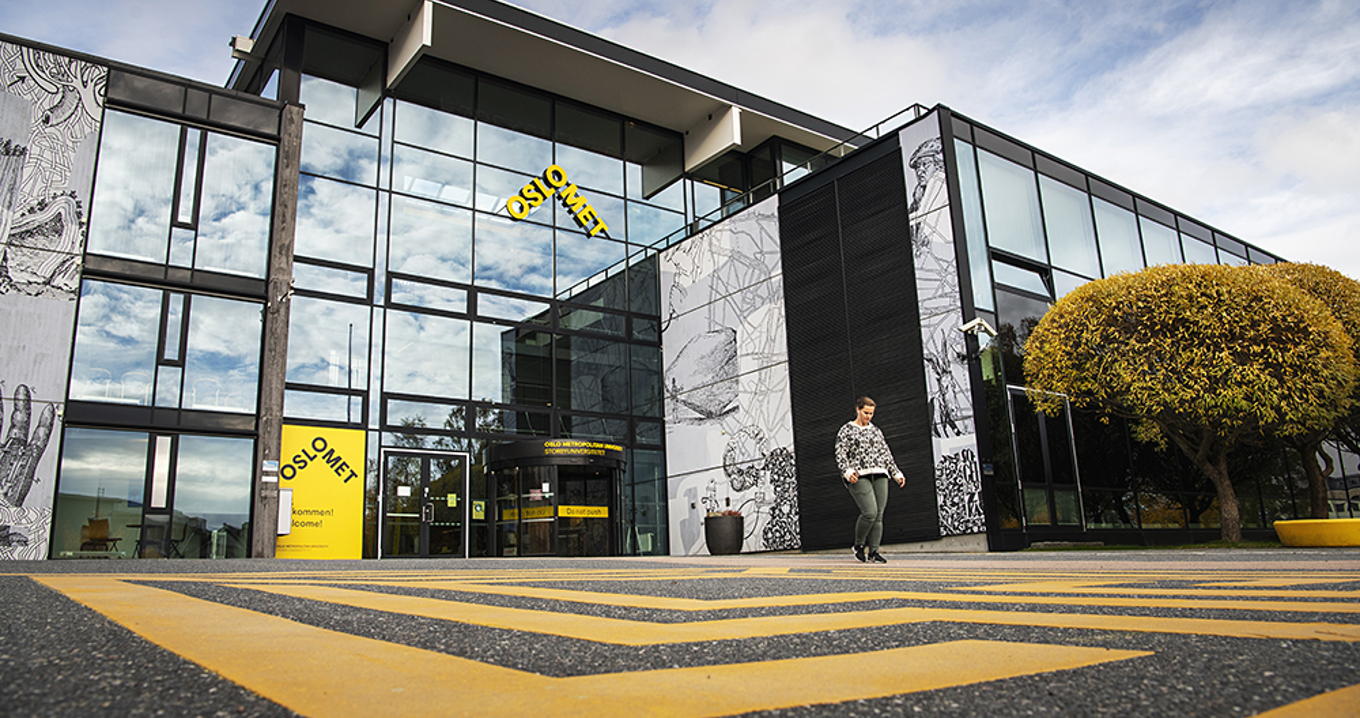OsloMet Gets a Comprehensive Solution for Business Intelligence and Performance Management
In January 2018, Oslo Metropolitan University received university status, but it has been a university college for much longer than that. In fact, the university colleges that merged to form OsloMet have been providing higher education for several centuries.

Challenge
With over 20,000 students, more than 2,000 employees, four research centres, four faculties and over 90 programs – ranging from bachelor degrees to doctoral programs – OsloMet is Norway’s third-largest university. It's rooted in history, but also highly focused on being at the forefront when it comes to performance management, planning and digitalisation. To that end, the university began probing the market in 2017 for a system solution that could help it take the next step.
OsloMet had a clear idea of how it wanted its business intelligence and performance management system to work. At the same time, it was stuck in processes based on Excel and Word, which led to low transparency and reliability, as well as lots of administration and manual routines. The university wanted management to have access to the right information in order to make the right decisions.
In addition, OsloMet wanted to be able to break down strategic goals to achieve a clear division of responsibilities. Exactly how it would transform this vision into a system solution was unclear, but it was clear that new technical support was needed for the university's control processes.
The system needed to deliver the university’s 20 most important KPIs, which are retrieved from a variety of data sources. It also needed to include process support for strategic management, long-term plans and action plans, budget support, project portfolio management and risk management.
“We can’t imagine going back to how things were with all the Excel files and Word documents we used to send around,” says Idun Thorvaldsen, Head of Section for Corporate Performance Management at OsloMet.
Summary:
- Highly manual administration, poor overview and low data quality.
Solution
The Hypergene solution is comprehensive and supports strategic management, budgeting & forecasting, reporting & analysis, performance reporting and risk management. It employs multi-system integrations, including the UBW ERP system, the SAP HR system, the national research information system (from which OsloMet retrieves data from publications), as well as the student system.
All data is stored in Hypergene’s proprietary data warehouse. The workflow engine – the heart of the system – manages sorting and assigning permissions, which data is sent to whom, and who has permission to see which tasks.
The solution also provides support for working with performance management, action plans, annual cycle (YearWheel) with operational tasks and risk management. In addition, OsloMet will be using Hypergene for tertiary reports, annual reports and quality audits, as well as for long-term budgeting, annual budgets, forecasting and portfolio management.
Users of the system include both managers and administrative staff. In addition, each unit has its own superuser. Feedback from users has been extremely positive and Hypergene has received praise for the intuitiveness and user-friendliness of the system.
The system is easy to learn. It makes it easy to find the right information, and it saves time because the system response time is so short. According to Idun Thorvaldsen, users are constantly asking for more information about the solution as they begin to realise its potential.
Summary:
- Hypergene for Strategic Management, Budgeting & Forecasting, Reporting & Analysis, performance reporting and risk management.
Results
“Now we have gathered relevant information in one place, which is in line with how we want to work, and we are constantly increasing the amount of information available in the management portal. Hypergene makes a big difference for the managers in our organisation and is a great tool in our work to achieve our performance management goals,” Thorvaldsen says.
A feature that she particularly appreciates is the ability to break down and derive KPIs from the profit and loss statement, i.e. the system’s drill-down function. This feature makes it possible to analyse each KPI, account or expense item, and to derive where a certain cost or number comes from.
This may be at budget unit, classification or project level. If you are looking at an invoice, you can easily drill down to both the quote and the invoice. The system is easy to navigate, ensuring the user always knows where they are.
Since Hypergene is able to produce and compile almost any information, OsloMet has been able to compile a report that categorises and displays the number of employees in each faculty, which helps the university to track the distribution of personnel categories. The system is also a big help in following up exchange students.
In 2019, OsloMet introduced what it calls Strategy 2024 in Hypergene, where strategic plans are broken down into main goals, sub-goals and activities with responsibilities at each level or task.
“Hypergene is an all-encompassing solution that meets our needs within business intelligence and performance management going forward,” Thorvaldsen concludes.
Summary:
- A comprehensive solution for business intelligence and performance management, better overview, reliable data, less manual work, ability to create a completely new type of statistics.


